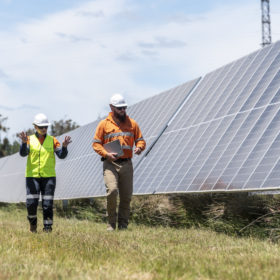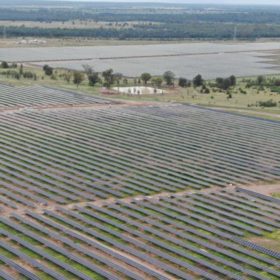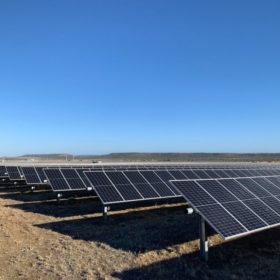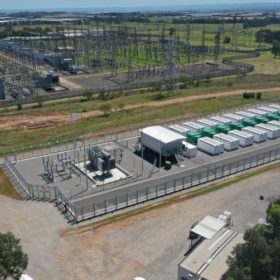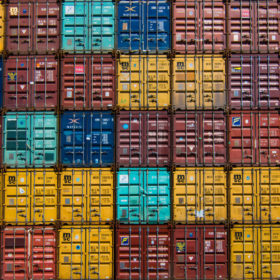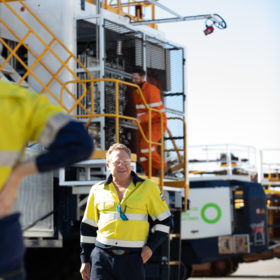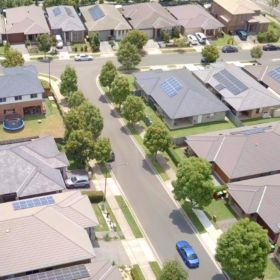Mining major makes move towards 100% renewables
Mining major Anglo American has struck a deal with Queensland government-owned energy generator Stanwell to power its Australian operations with 100% renewable energy from 2025 onward as part of a 10-year power supply deal.
Queensland council plots path from coal hub to green superpower
The Gladstone Regional Council has ratified an ambitious roadmap that will be used to help the central Queensland city navigate the transition from traditional coal and gas hub to a green hydrogen and renewable energy superpower.
Brisbane Airport lands clean energy deal on path to 100% renewables
Brisbane Airport Corporation has entered a long-term renewable energy agreement and announced it will develop a 5 MW solar installation on site as part of plans to power the airport’s operations with 100% green energy by 2025.
FFI plans 10 GW renewables ‘super hub’ to power green hydrogen
Fortescue Future Industries will partner with clean energy company Windlab to develop a renewable energy ‘Super Hub’ in northwest Queensland. The Hub is expected to deliver more than 10 GW of wind and solar power, underpinning the industrial-scale production of green hydrogen from purpose-built facilities.
NSW electricity generation and storage tender sparks 8 GW response
The New South Wales government has received bids for more than 5.5 GW of wind and solar projects, along with more than 2.5 GW of long-duration storage projects, in response to its first tender to secure renewable projects to transform its coal-reliant energy system.
Forced labour concerns prompt U.S. ports to block over 1,000 shipments of solar components
Panel shipments collectively worth hundreds of millions of dollars are blocked from entering the United States market as they have failed scrutiny under the Uyghur Forced Labor Prevention Act, said Reuters.
Weekend read: Can shining magnate Twiggy Forrest walk the walk?
Mining magnate Andrew “Twiggy” Forrest is the founder and executive chair of Fortescue Metals Group, a major Australian iron ore producer. The company recently announced an ambitious USD 6.2 billion ($9.3bn) decarbonisation strategy. Meanwhile, a fully owned subsidiary – Fortescue Future Industries – has rapidly become a global player in green hydrogen, along with a host of other technology pathways in the energy transition. Whether it is pushing to decarbonise mining, hashing out headline-making green energy deals, or using the popular “Rick and Morty” cartoon to educate people about the potential of green hydrogen, Fortescue and its shining magnate are talking the talk. But can they walk the walk? Blake Matich reports.
Sydney social housing properties get solar lifeline amidst cost of living crisis
At least 600 disability and community housing residents in Sydney are set to receive a lifeline amidst the cost of living crisis in the shape of fully funded solar systems. The residential solar PPA model of the Community Solar Program pilot should see benefits for residents, developers and investors.
Ross Garnaut thinks Australia can become a low-carbon superpower; Clive Hamilton is not convinced
Economist Ross Garnaut’s latest book, the Superpower Transformation, is promoted as a “practical plan” to put the vision of in his earlier Superpower into effect. Clive Hamilton, Professor of Public Ethics at Charles Sturt University, questions if the vision is premised on an imperfect logic.
Shirked question: COP27, All Energy and a long avoided issue
Australia has paid just 38% of its “fair share” towards the internationally agreed climate finance target. The revelation speaks to the issue of fairness – a key topic at COP27, currently underway in Egypt. But Australia’s premier renewable energy event offered little hope that questions of equity and deep sustainability are being considered here, even by the architects of our own transition.
